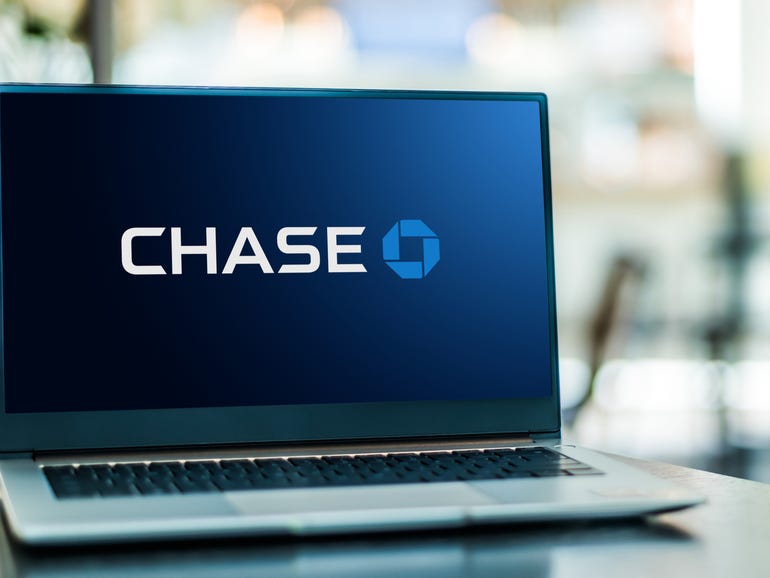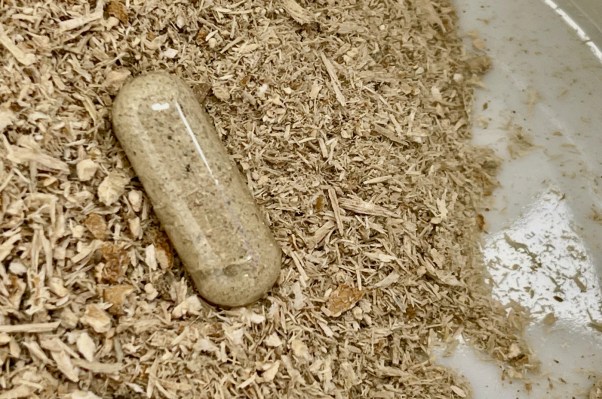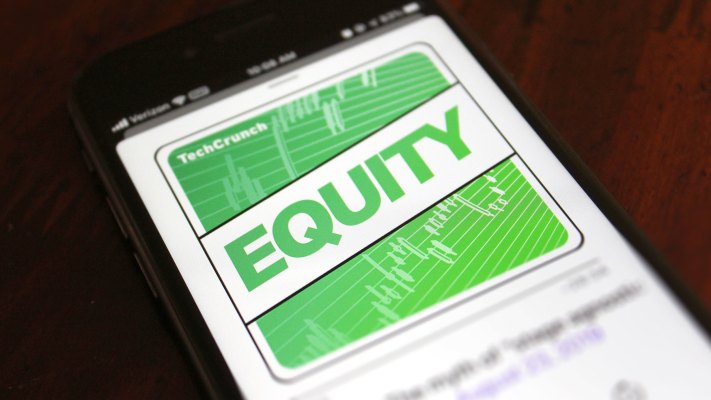How to get pre-approved for a Chase credit card
One aspect of applying for credit cards that deters people is the risk of getting a credit check without getting approved. Credit checks cause a temporary decrease in credit ratings, and going through that without a new credit card can be more than a bit disheartening. However, being selected for a credit card pre-approval can alleviate this problem.
When you are selected for pre-approval on a credit card, there isn’t a hard check on your credit score. That is to say, the credit issuer can receive enough information to determine if you are likely to be eligible without your credit score taking a dip. Counterintuitively, though, a pre-approval doesn’t guarantee approval. Still, you can sometimes see which cards you are more likely to be eligible for without risking a credit score loss. This is true for the Chase card.
Also: The five best Chase cards available now
Among the more sought-after credit cards, the Chase card comes in various styles. There are 34 cards to consider, divided between reward cards, travel cards, and business cards. The categories aren’t absolute, however, and travel and business cards still offer rewards. Read on to learn how to get pre-approved for a credit card that’s right for you.
How to get pre-approved for a Chase card
Now that you know the benefits of a credit card pre-approval, it’s time to explore the process. There are a few different ways you might discover if you are pre-approved. The simplest is if a pre-approval offer mailer shows up in your mailbox. In this case, you can find directions and an application within the mailer that will show you how to apply for the card in question.
It’s also worth contacting a Chase branch and asking them if you have been pre-approved for any of the Chase cards. And for existing customers who have a Chase account, it’s possible to check for pre-approval offers by selecting “Open an account” and then clicking the “Just for you” section.
There are some steps you can take to increase the odds of being targeted for a credit card pre-approval program. While they work for Chase, most of these will also fall under general tips and tricks for getting or maintaining a healthy credit rating.
1. Maintain good credit utilization practices
How much credit you regularly use out of the total amount available to you is a significant factor in your credit rating. Maintaining below a 20-30% credit utilization (what percent of available credit you use) can help you grow your credit score — while also making it easier to keep your credit debt manageable.
In theory, this metric can help banks and credit issuers recognize the restraint and responsibility within a potential cardholder, highlighting that they are relatively safe candidate. It shows that the potential cardholder can manage their credit and is not likely to borrow more than they can pay back.
This might help with your chances of being targeted for pre-approval, since credit card campaigns of that nature seek to find potential cardholders that match the issuer’s ideal candidate. A core part of this ideal is a good credit score and a healthy relationship with credit usage.
2. Spend credit and repay it
In keeping with what we discussed about credit utilization, it’s important to utilize your credit. However, this doesn’t mean spending 20% of what’s available and ignoring it. Few things are worse for your credit rating than leaving debt unpaid. To grow your credit, you need to use your credit, including paying it back.
The best strategy here might be to use credit to make purchases and then pay them before the interest hits. Many people, for instance, pay their bills on a credit card which they then pay off the same month. This maintains regular credit usage and can be combined with other credit utilization tactics.
Using these two strategies in tandem can help grow credit scores faster. Make sure to use and repay credit every month, but don’t go over that 20-30% credit utilization. Otherwise, you might be missing out on some of the positive credit score growth you could experience.
3. Make payments on time
Suppose your credit bill is already too large to pay off at once. In that case, it’s vital to focus on making consistent payments that meet at least the minimum requirement. Because of interest accrual, cardholders save more money the quicker they can pay off their credit debt. So even if you’re only meeting the minimum payment, it will still save you more money long-term than if you pay nothing.
Few things will hurt your credit score as much as not meeting the minimum payments on a loan or card. And the real kicker with missing credit card payments is that your bill could be sent to a collection agency, meaning your credit rating will take a hit. Suppose you find yourself unable to make these payments. In that case, it’s vital to talk with the credit issuer, preferably a financial advisor as well, and to design a new budget.
In some cases, issuers may be willing to negotiate a different payment plan. However, this may come with a loss of access to the card. The best bet is often to focus on that budget and see what non-necessities can be temporarily cut until the credit debt is paid. Remember, the longer those payments drag on, the more you pay in the long run.
How can I get pre-approved for a Chase credit card?
Getting pre-approval for Chase credit cards isn’t as easy as it used to be. The online application portal has been removed from the Chase website, making a once simple process a little more complicated.
However, there are still a couple of ways to check and see if you’ve been selected for it. Specifically, you can contact a local Chase branch and ask their credit card division if you have been chosen for pre-approval or pre-qualification. Or you can keep an eye out for credit card pre-approval mailers at your home address.
What is the difference between pre-approval and pre-qualification?
Different credit card issuers use these terms with varying operational definitions. In many cases, the two are used interchangeably. However, the term “pre-qualify” sometimes implies a less strenuous check than “pre-approval” does. While neither guarantees approval when you actually apply, a pre-approval shows betters odds of approval than a pre-qualification.
What is the best Chase credit card?
We recently listed the five best Chase credit cards, with the Chase Sapphire Preferred Card earning the top spot. Depending on your needs and circumstances, however, the best card for you may not be the best card for another. Chase offers over 30 credit cards, each geared towards a somewhat different intent.
The first step is to determine whether you’re most interested in a rewards, travel, or business card. From there, it’s a matter of comparing terms and benefits between the cards to see which offers what you want and need for the lowest interest.
How does my credit rating affect my chances with a Chase credit card?
Your credit score can play a couple of roles when it comes to a Chase credit card. To be accepted for one of these cards, you’ll need a good credit rating. Even if you know that rating is high enough for acceptance, it still helps the issuer determine how much interest your card will charge. The lower your credit score, the higher the interest you’re likely to pay on your card.






Pingback: 드라마 다시보기
Pingback: where to buy pure cocaine online